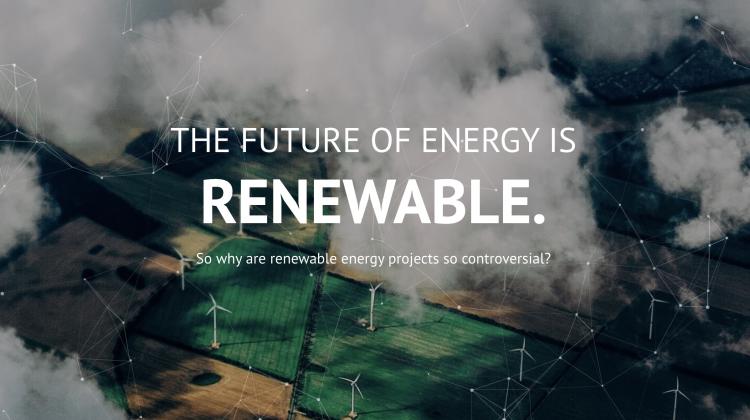Overcoming Opposition to Renewable Energy Facilities in America
Image

In 2019, 77% of the U.S. population supported renewables over fossil fuels. So, why doesn’t renewable energy account for a majority of our electricity generation?
To explore this paradox, our research team at MIT has studied more than 50 American renewable energy projects that were paused, delayed, or canceled because of stiff opposition. We found certain patterns of conflict that arises when developers propose new renewable energy facilities. We’ve created an open access database describing a wide range of renewable energy siting conflicts. Our goal is to pinpoint the key sources of opposition in the hope of avoiding or mitigating future conflicts.


